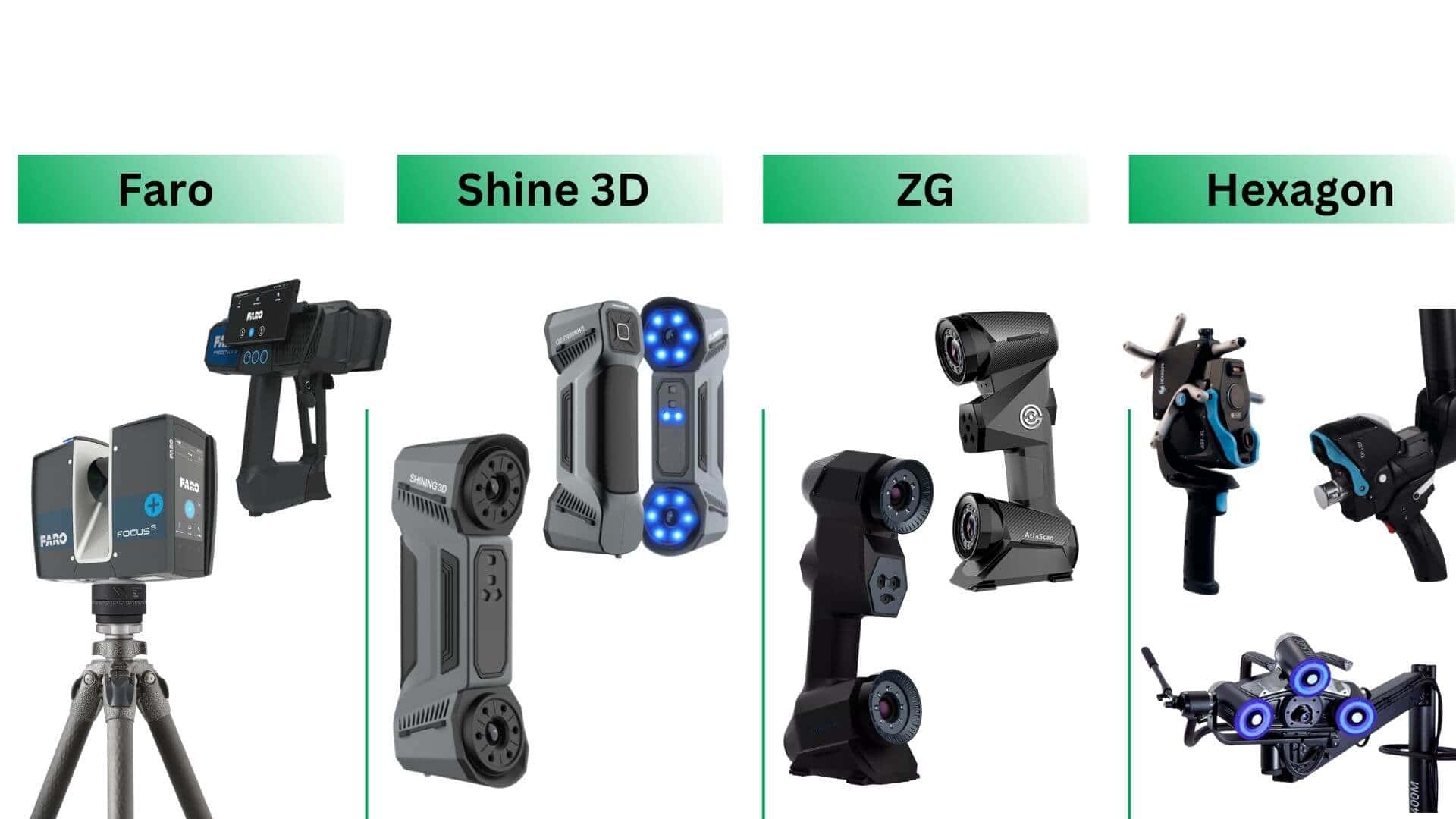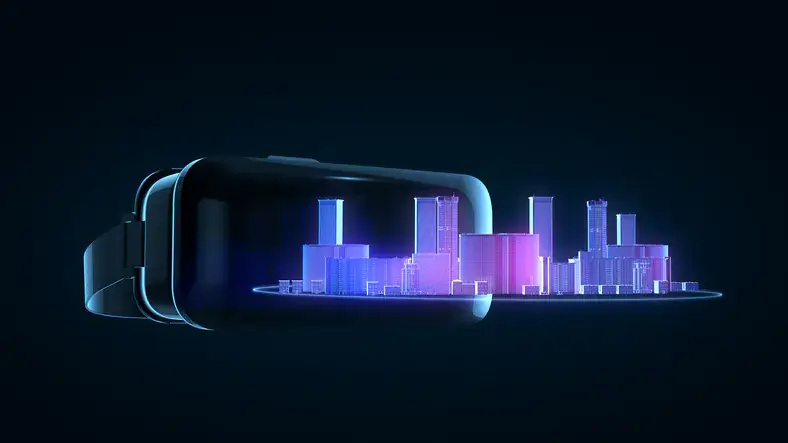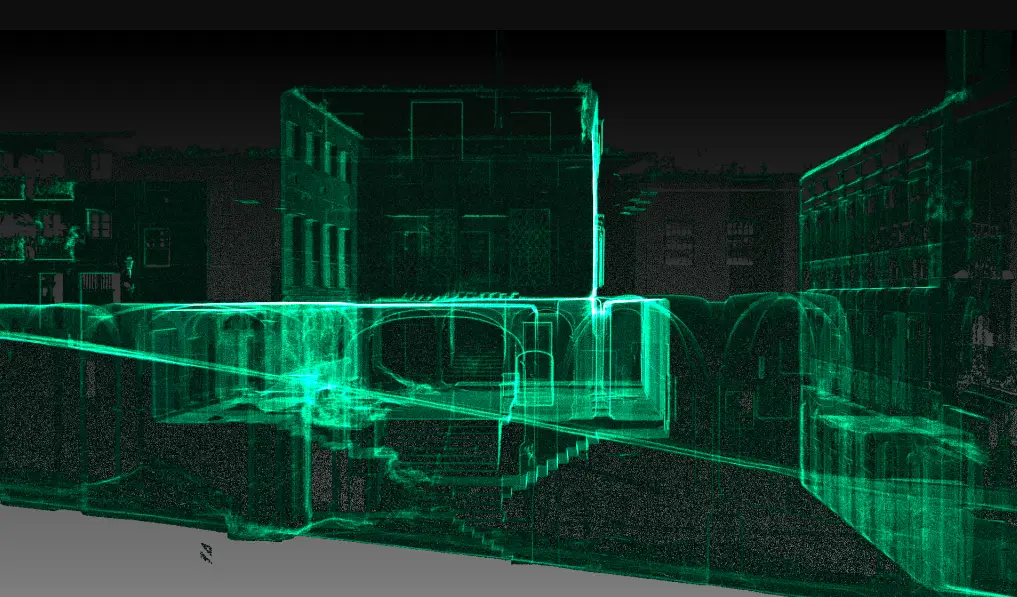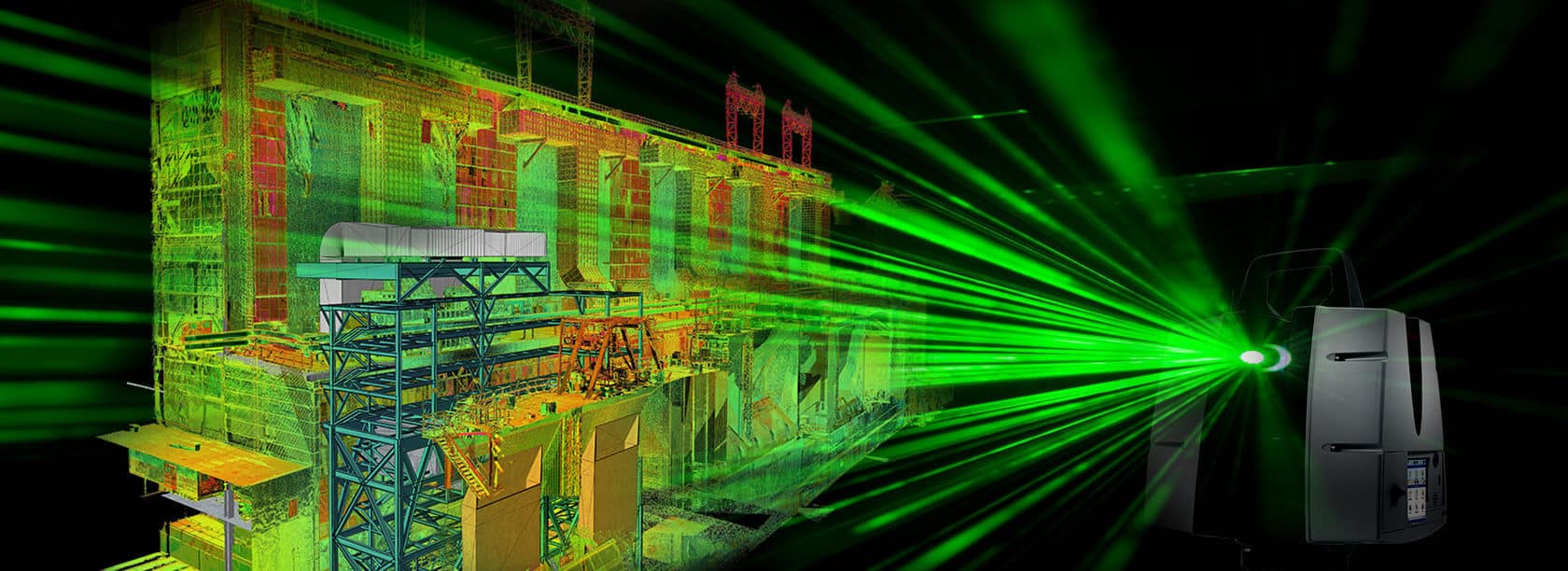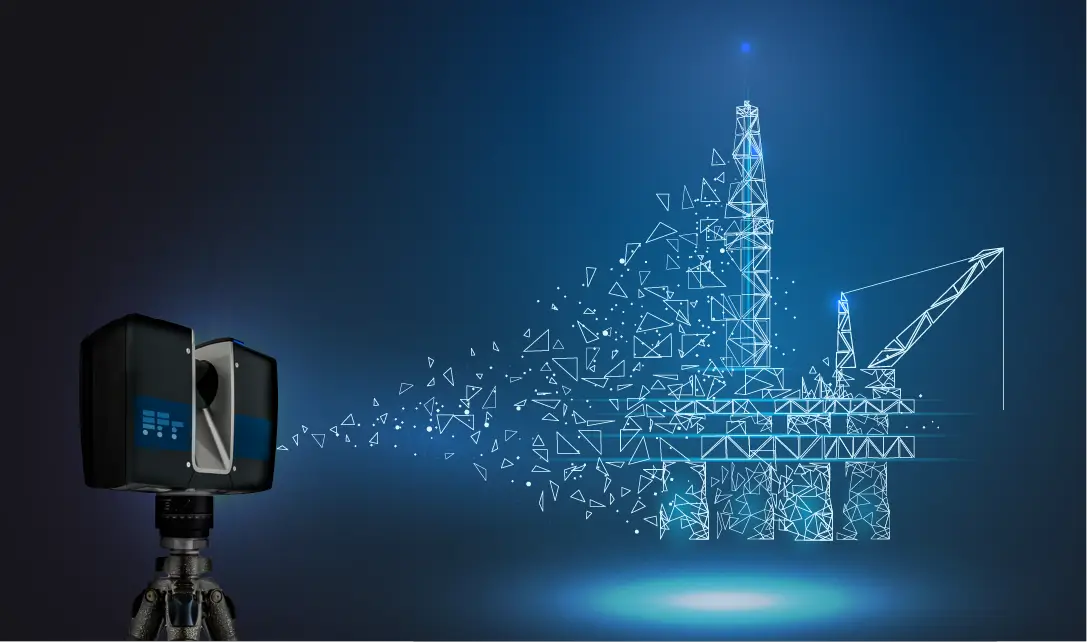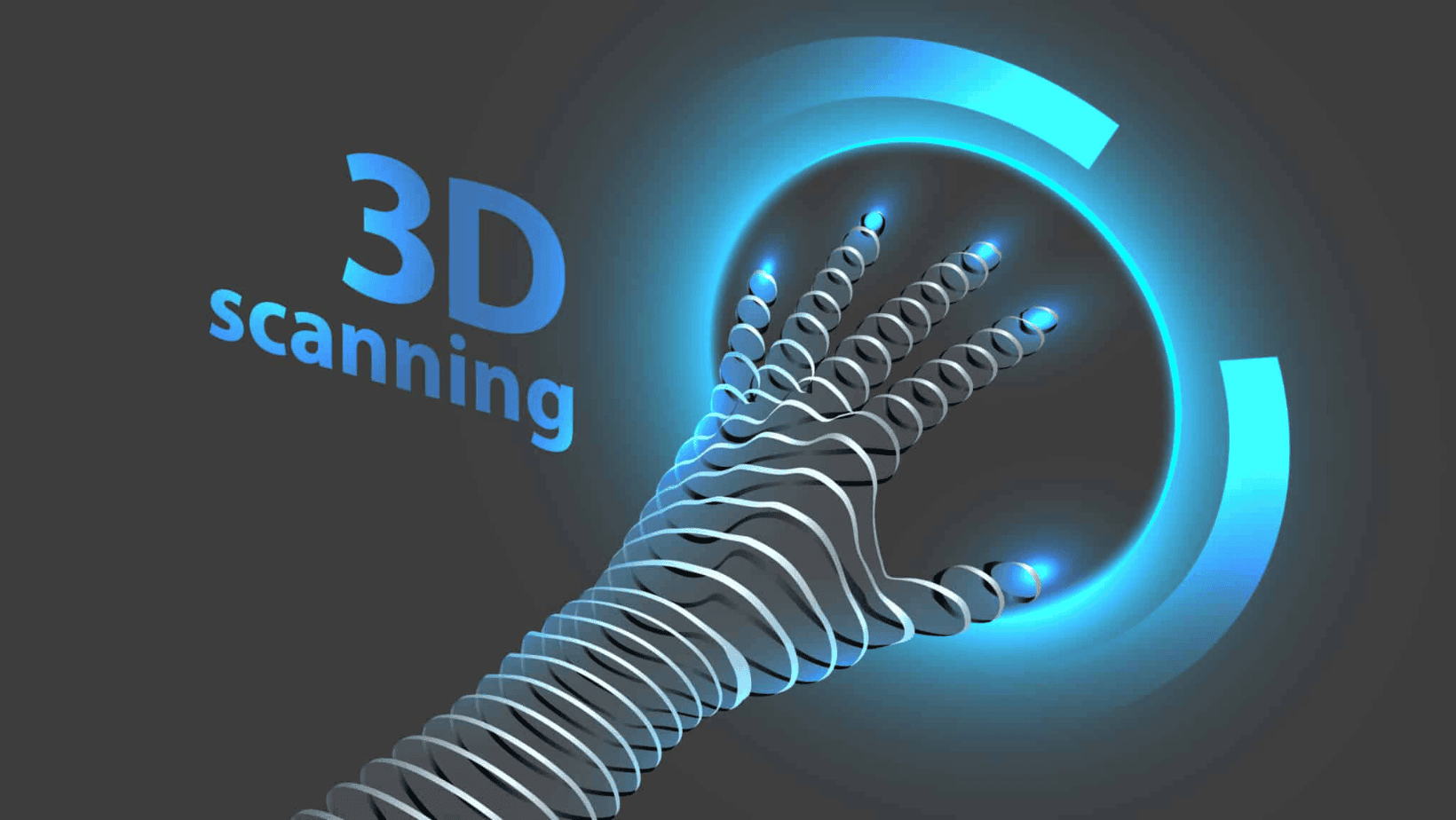3D Scanning Vs Traditional Methods
Introduction
In the ever-evolving landscape of technology, 3D scanning has emerged as a revolutionary tool, challenging and often surpassing traditional methods in various industries. This comparative analysis explores the key differences between 3D scanning vs traditional methods, shedding light on their respective strengths and limitations. aster. It’s not just progress; it’s a whole new level of awesome. So, buckle up because the future is all about doing more in less time. Ready to revolutionize your CAD experience? Contact us now and unlock the power of cutting-edge technology! Whether you have questions, need a demo, or are ready to take the next step, our team is here to assist you. Don’t miss out on the future of CAD – reach Global CAD Technology today!
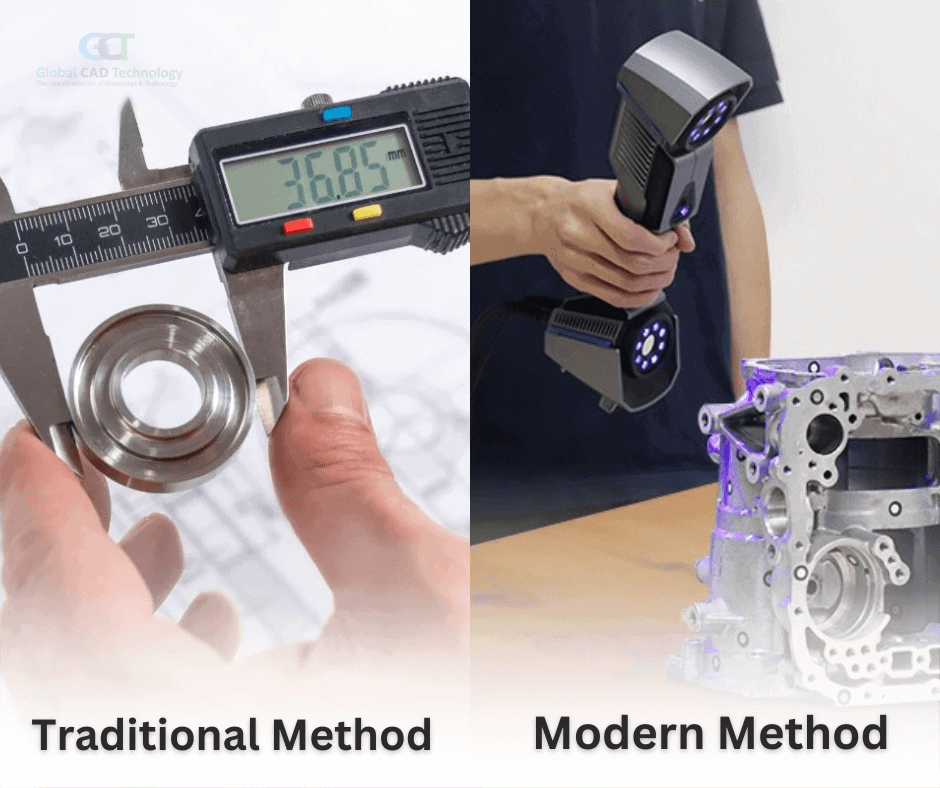
3D Scanning vs. Traditional Methods
Precision and Accuracy:
- Traditional Methods: Traditional measurement techniques often rely on manual processes, leading to the possibility of human error. Precision is highly dependent on the skill and experience of the operator.
- 3D Scanning: 3D scanning, on the other hand, utilizes advanced laser or structured light technology to capture precise measurements with exceptional accuracy. The digital nature of 3D scans reduces the likelihood of measurement errors.
Speed and Efficiency:
- Traditional Methods: Time-consuming and labor-intensive, traditional methods involve manual measurements and data collection. This can lead to delays in project timelines.
- 3D Scanning: 3D scanning is known for its rapid data acquisition capabilities. It captures thousands of data points in seconds, significantly reducing the time required for measurement and analysis.
Cost Considerations:
- Traditional Methods: Costs associated with manual labor, equipment, and potential rework due to errors can accumulate.
- 3D Scanning: While the initial investment in 3D scanning equipment may be higher, the long-term benefits include increased efficiency, reduced labor costs, and minimized errors, making it a cost-effective solution over time.
Complexity of Shapes:
- Traditional Methods: Conventional methods may struggle with complex geometries and intricate shapes, requiring additional effort and expertise.
- 3D Scanning: 3D scanners excel at capturing intricate details and complex surfaces, making them ideal for industries such as manufacturing, healthcare, and reverse engineering.
Conclusion
In conclusion, the choice between 3D scanning and traditional methods depends on the specific requirements of the project. While traditional methods have their place, the advantages offered by 3D scanning in terms of precision, speed, and efficiency are increasingly making it the method of choice for many industries.
As businesses embrace digital transformation, incorporating 3D scanning technology can provide a competitive edge. Whether in manufacturing, design, or quality control, the benefits of 3D scanning are reshaping the way industries approach measurement and data capture.

